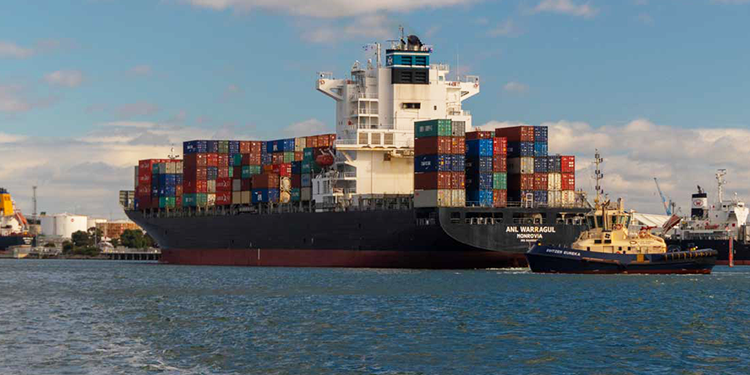
What Are Mexico’s Main Exports?
You only have to turn on the news, pick up a newspaper, or have a basic grasp of world economics to understand the importance of imports and exports. It is no exaggeration to say that these can make or break the wealth and economic fortune of a country.
Mexico is no different. This is a nation whose economy is significantly impacted by importing and exporting goods, and which has risen through the ranks to emerge as a major player on the world stage.
At last count, the Mexican economy was the ninth-largest on the planet. The country boasts major, active trading partnerships with countries such as New Zealand, Spain, and the United States, amongst others.
Why Is Exporting From Mexico A Popular Choice?
From the Mexican aerospace industry to a thriving automotive region, it is clear that Mexico plays a key role in exports. But why is moving to Mexico from the US so popular?
One of the primary answers to this question is the number of trade agreements the country has found itself part of. Perhaps the best known is the North American Free Trade Agreement (NAFTA) which connects Mexico, Canada, and the United States.
But Mexico is also part of active trade agreements with a total of forty-three countries, offering connections to South America, Asia, and Europe. As well as offering obvious benefits for Mexico, these agreements are also attractive to the other countries who signed them.
Moving production to Mexico, therefore, seems an easy choice. It allows businesses based elsewhere to benefit from the low taxes and redacted labor costs in Mexico, as well as the trade infrastructure already in place.
What Are Mexico's Largest Exports?
Mexico is perhaps best known for its exportation of oil, but this is far from the major export the country offers. A number of other principal exports are discussed below, in addition to oil.
Oil
It would be impossible to discuss the key exports of Mexico without considering the significance of oil. This accounts for over 30% of the government’s total revenue, and has a lot of appeal to both public and private investors.
At present, the Mexican economy gains around $18 billion every year, simply from the exportation of crude oil. The overflowing wells and reserves ensure that this is one revenue stream that shows no sign of slowing down.
The majority of oil exports are to the United States. This accounts for 48% of all oil produced in Mexico, with the States importing over 210 million barrels of crude oil directly from our neighbor south of the border. Other major destinations for Mexican oil are China, Japan, Canada, Australia, Germany, and New Zealand, making this one of Mexico’s largest sources of income.
Vehicles
The exportation of vehicles creates another major revenue stream for Mexico; this is a trend that has been on the rise for several years. Assembled vehicles such as cars and vans make up around 11% of Mexico’s total exports, while car parts and accessories make up another 7%.
The explosion in the growth of the auto industry in Mexico has been caused by major brands moving their manufacturing plants there. Among these brands are Nissan, General Motors, Volkswagen, FCA Mexico, Audi, Honda, KIA, and Toyota—all opting to move their plants south of the border.
At present, Mexico is the fifth-largest exporter and manufacturer of heavy goods, particularly construction and agricultural vehicles. Light vehicles are also popular, and the main customers for these are Canada and the United States.
Minerals
Another, perhaps unexpected, export is minerals. Mexico currently ranks as the ninth largest exporter of copper in the world. This is an industry that dates back several centuries; it thrives thanks to the natural geology and landscape of Mexico.
Natural resources are abundant, helping the Mexican government to secure huge profits with relatively little cost. These resources also help make Mexico attractive to investors. Spain, Japan, the United States, Canada, and Germany are all currently active investors and, in return, enjoy priority for mineral exports.
Conclusion
The power of exports has helped to boost the economy of Mexico enormously. A combination of abundant natural resources, great infrastructure, and the accumulation of trade deals with nations across the world make Mexico a popular option for both investors and businesses.
This is a trend that shows no sign of slowing any time soon; on the contrary, an increasing number of businesses are choosing to move to Mexico to enjoy these benefits, which means these exports are likely to benefit the Mexican economy for many years to come.

